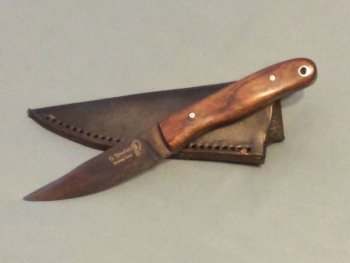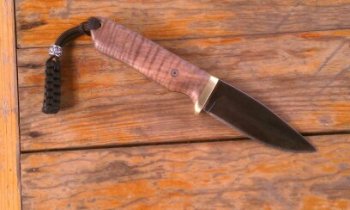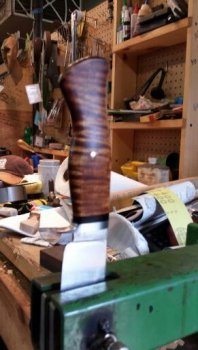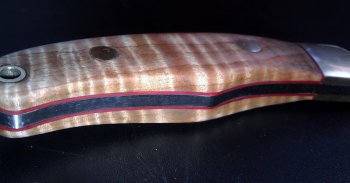After watching you guys create artwork for the past few years, i've decided to give it a go. I've been starting small with refinishing old blades, particularly some Old Hickory blades I picked up at a flee market in Canton, TX.
I've not done wood scales very successfully before. How would you advise I finish some walnut scales? I like natural glow on handles that I see you guys produce. Not fully matte and not overly glossy.
Thanks in advance.
jmackle
I've not done wood scales very successfully before. How would you advise I finish some walnut scales? I like natural glow on handles that I see you guys produce. Not fully matte and not overly glossy.
Thanks in advance.
jmackle






